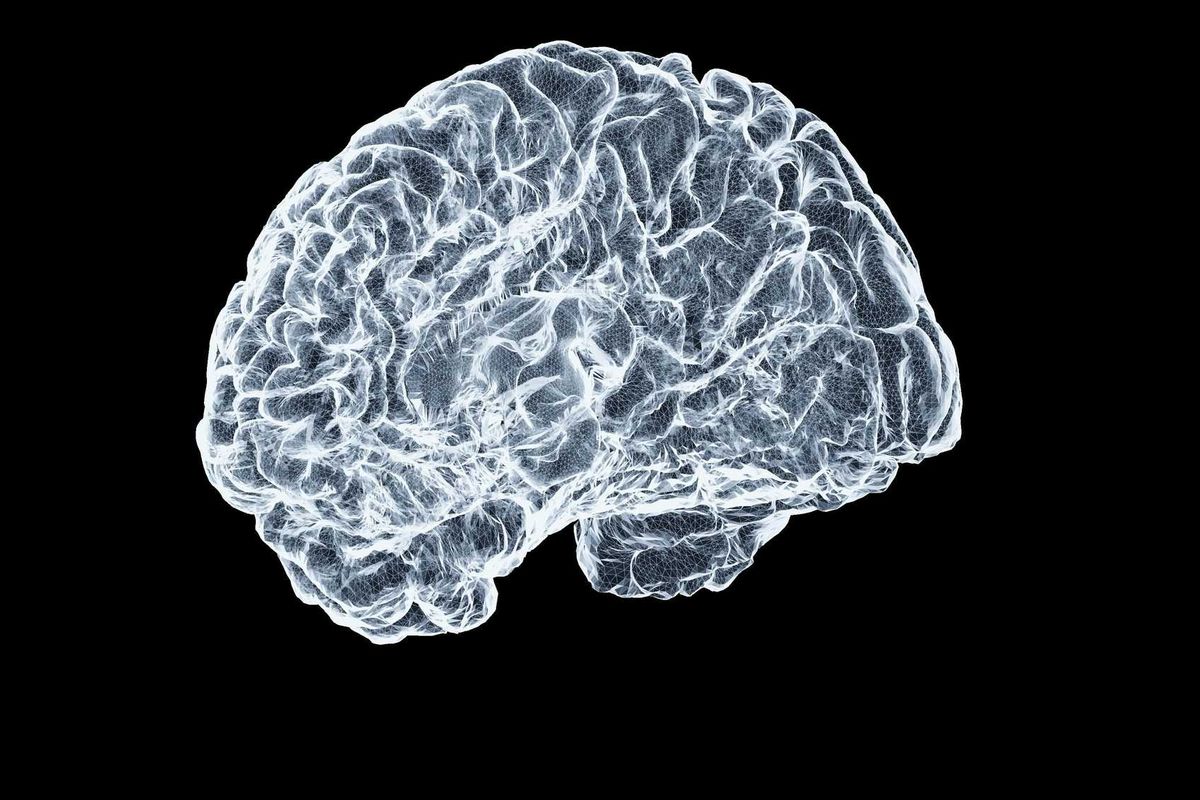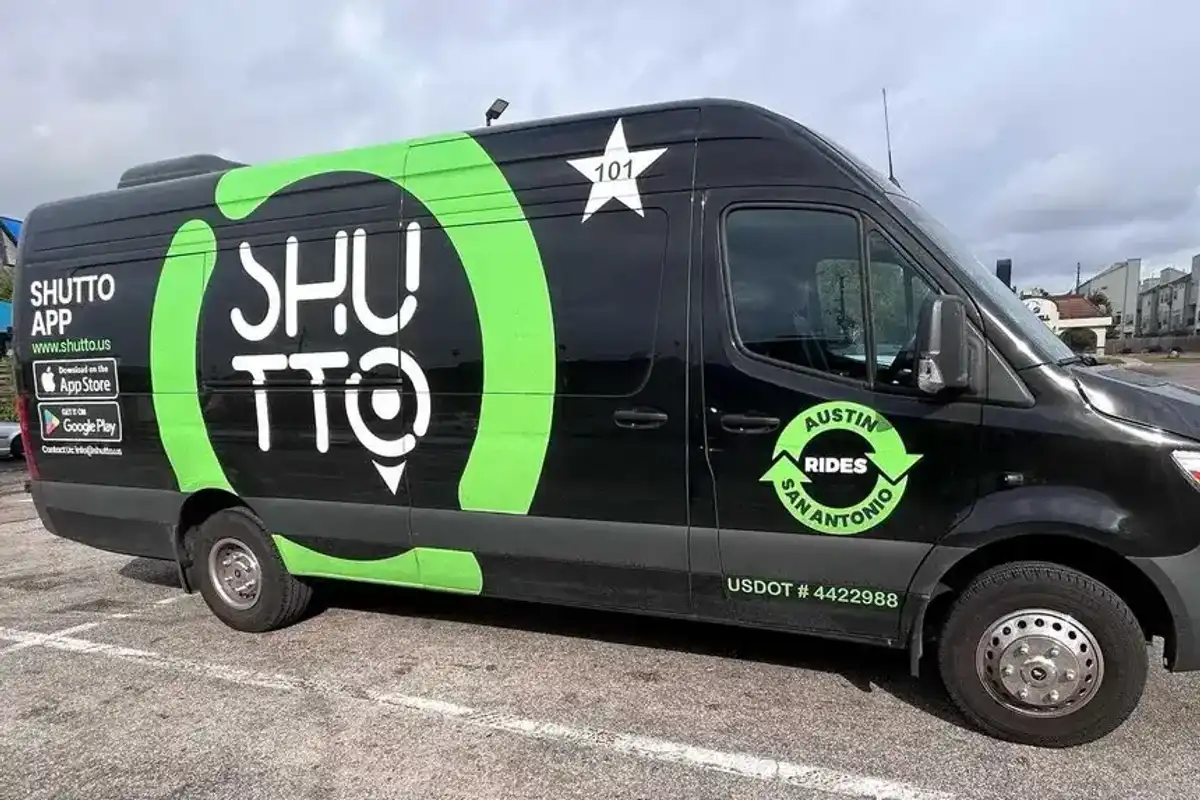Here's what Houston high schools shine brightest in the state, according to a new report
A+ education
A couple of Texas schools have been working hard on extra credit, or so says the latest ranking by U.S. News & World Report. Its list of the Best U.S. High Schools, released April 21, includes two Dallas public schools in the national top 10, with several other Texas learning institutions popping up further down.
The School for the Talented and Gifted earns a coveted No. 6 spot, followed by Irma Lerma Rangel Young Women's Leadership School at No. 10. Last year's No. 12, Science and Engineering Magnet School, slips slightly to No. 17 this year. All three are in the Dallas ISD.
On a state level, this trio takes the top three spots. Houston's DeBakey High School for Health Professions is No. 4 in Texas, with Carnegie Vanguard High School at No. 6 and Eastwood Academy at No. 10.
This is the most expansive edition yet, with the consumer advice outlet evaluating more than 17,700 public high schools on how well they serve all of their students, regardless of economic or ethnic background.
The methodology focuses on six factors: college readiness, reading and math proficiency, reading and math performance, underserved student performance, college curriculum breadth, and graduation rates. College readiness measures participation and performance on AP and IB exams.
"The Best High Schools rankings provide the most comprehensive, data-based information on nearly every public high school in the country," says Anita Narayan, managing editor of education at U.S. News. "Families can use this information to see how their local schools compare on graduation rates and state assessments, as well as academic performance by students who are traditionally underserved — those who are black, Hispanic, or from low-income households."
Also appearing on the national list are six more Texas schools within the top 100:
- No. 29, DeBakey High School for Health Professions, Houston ISD
- No. 34, Liberal Arts and Science Academy, Austin ISD
- No. 44, Carnegie Vanguard High School, Houston ISD
- No. 61, Early College High School, Laredo ISD
- No. 82, Young Women's Leadership Academy, Fort Worth ISD
- No. 91 Basis San Antonio- Shavano Campus, Basis Texas Castle Hills
The report also shows that the highest-ranked schools are scattered throughout the country, showing that the best schools are not concentrated in any one geographic area. Nine different states are represented among the top 10 schools. More broadly, the top 100 schools span 29 states.
------
This article originally ran on CultureMap.





